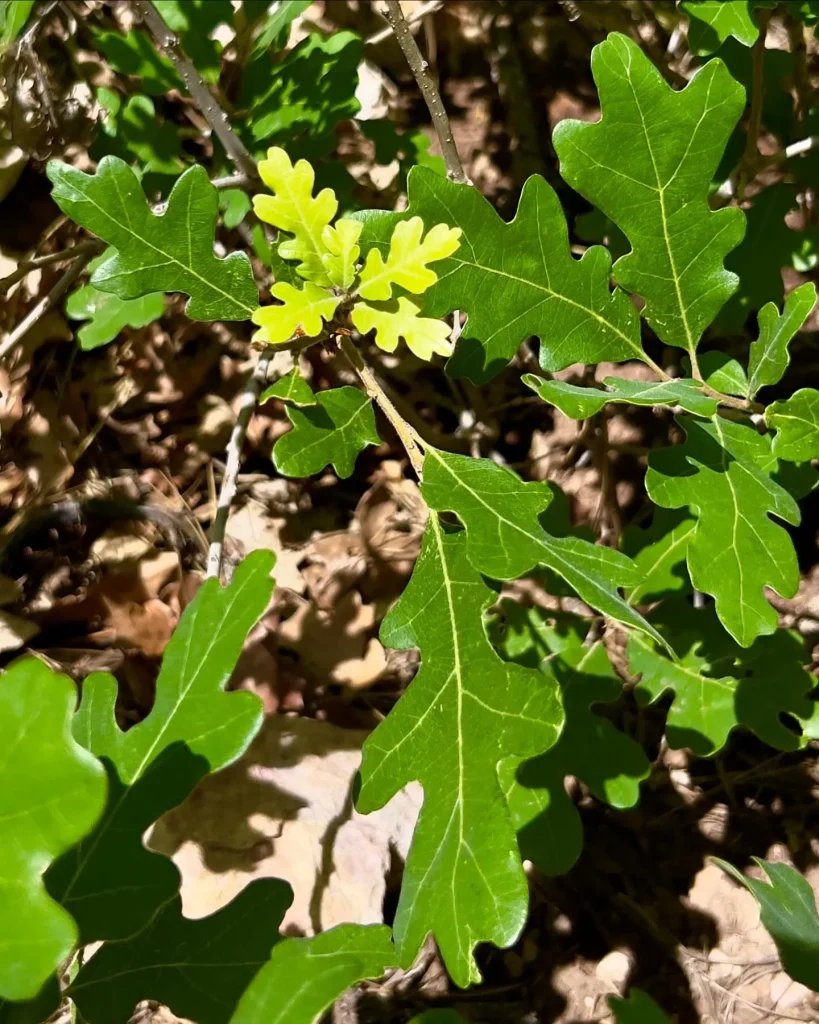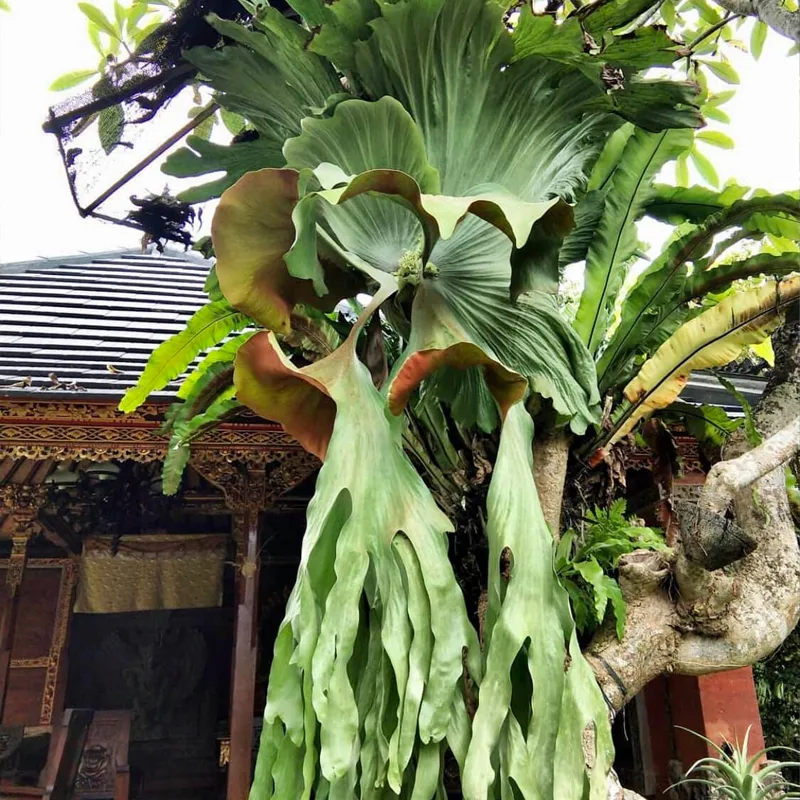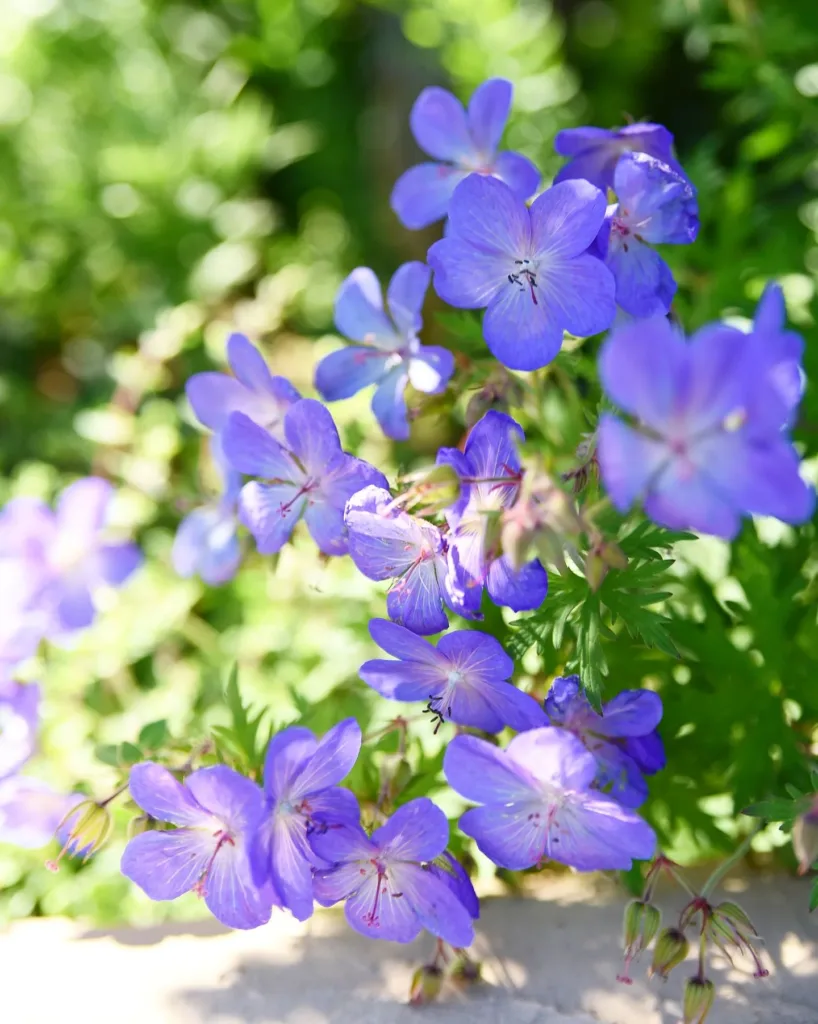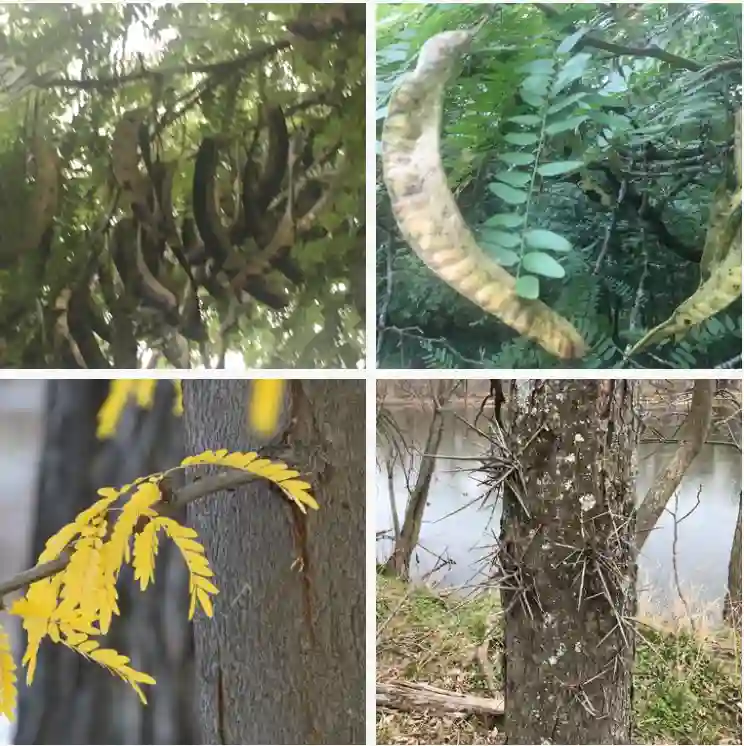FAQs About Agave Filifera
As an enthusiast of all things botanical, I’ve had my share of experiences with Agave Filifera, a captivating succulent that’s both striking and a bit misunderstood. This plant, often overshadowed by its more famous cousins like Agave Americana or Agave Tequilana, has its own set of quirks and charms. Here’s everything you need to know about Agave Filifera, from care tips to its benefits.
304 Species in Genus Agave
What is Agave Filifera?
Agave Filifera, also known as the “Thread Agave” or “Cotton Candy Agave,” is a species of agave native to Mexico. It’s notable for its long, slender leaves that have a thread-like appearance, giving the plant a soft, feathery look. Unlike its more robust relatives, Agave Filifera is relatively small, making it a great choice for container gardening or smaller garden spaces.
How to Care for Agave Filifera?
Caring for Agave Filifera is fairly straightforward, especially if you’re familiar with agaves in general. Here’s a quick guide:
- Light: This agave thrives in full sun but can tolerate partial shade. It needs bright light to maintain its vibrant color and compact shape.
- Watering: Agave Filifera is drought-tolerant and prefers to be on the dry side. Water it thoroughly, then let the soil dry out before watering again. Overwatering can lead to root rot, so it’s better to err on the side of dryness.
- Soil: Use well-draining soil, ideally a cactus or succulent mix. The plant doesn’t like sitting in soggy soil, so good drainage is crucial.
- Temperature: It can handle a range of temperatures but is best suited to warmer climates. In cooler regions, it should be protected from frost.
- Fertilization: Feed it with a balanced, water-soluble fertilizer during the growing season (spring and summer) to encourage healthy growth. Avoid fertilizing in the winter.
How to Propagate Agave Filifera?
Propagating Agave Filifera can be a rewarding process. You can propagate it through offsets or pups, which are small plants that grow at the base of the parent plant. Here’s how:
- Remove Offsets: Gently dig up the offset, making sure to keep as many roots as possible.
- Prepare the Offset: Allow the offset to dry for a few days to callous over. This helps prevent rot.
- Planting: Place the offset in a well-draining succulent mix and water lightly. Keep it in a warm, bright location.
- Care: Continue with regular care, but be cautious with watering until the new plant establishes itself.
What to Plant With Agave Filifera?
Agave Filifera pairs well with other drought-tolerant plants. Consider these companions:
- Succulents: Plants like Echeveria, Haworthia, and Sedum complement Agave Filifera’s aesthetic and share similar care needs.
- Grasses: Ornamental grasses such as Blue Fescue or Festuca glauca provide a nice contrast in texture.
- Cacti: Varieties like Mammillaria or Opuntia can create a striking desert-themed garden.
Is Agave Filifera Toxic?
Agave Filifera is not highly toxic, but it does contain saponins, which can cause mild gastrointestinal upset if ingested in large quantities. It’s best to keep it out of reach of pets and small children. If ingested, consult a medical professional or veterinarian for advice.
Benefits of Agave Filifera
There are several benefits to having Agave Filifera in your garden:
- Low Maintenance: Its drought tolerance makes it ideal for low-maintenance gardens.
- Aesthetic Appeal: Its unique, thread-like leaves add a distinctive touch to any garden or container.
- Versatility: Works well in various garden settings, including rock gardens, desert landscapes, and modern planters.
Common Problems with Agave Filifera
Like any plant, Agave Filifera can face some issues:
- Root Rot: Overwatering is a common problem. Ensure good drainage to prevent this.
- Pest Issues: Watch for pests like mealybugs or scale, which can infest the plant. Regular inspection and treatment can help manage these pests.
- Leaf Spots: Spots or discoloration on the leaves can be a sign of fungal infections or sunburn. Adjust care practices accordingly.
Compare with Other Agaves
Agave Filifera is often compared to other agave species. Here’s how it stacks up:
- Agave Americana: Larger and more robust than Agave Filifera, with a more dramatic appearance. Agave Americana can grow quite large and has a more rigid, less thread-like foliage.
- Agave Tequilana: Known for its role in tequila production, it has broader leaves and a more upright growth habit compared to the delicate Agave Filifera.
Conclusion
Agave Filifera is a wonderful plant for those who appreciate its unique, feathery appearance and low-maintenance needs. Whether you’re adding it to a succulent garden or using it as a standout feature in a container, this agave’s beauty and resilience make it a great choice. By following the care tips and understanding its needs, you can enjoy this fascinating plant for years to come.
If i die, water my plants!



